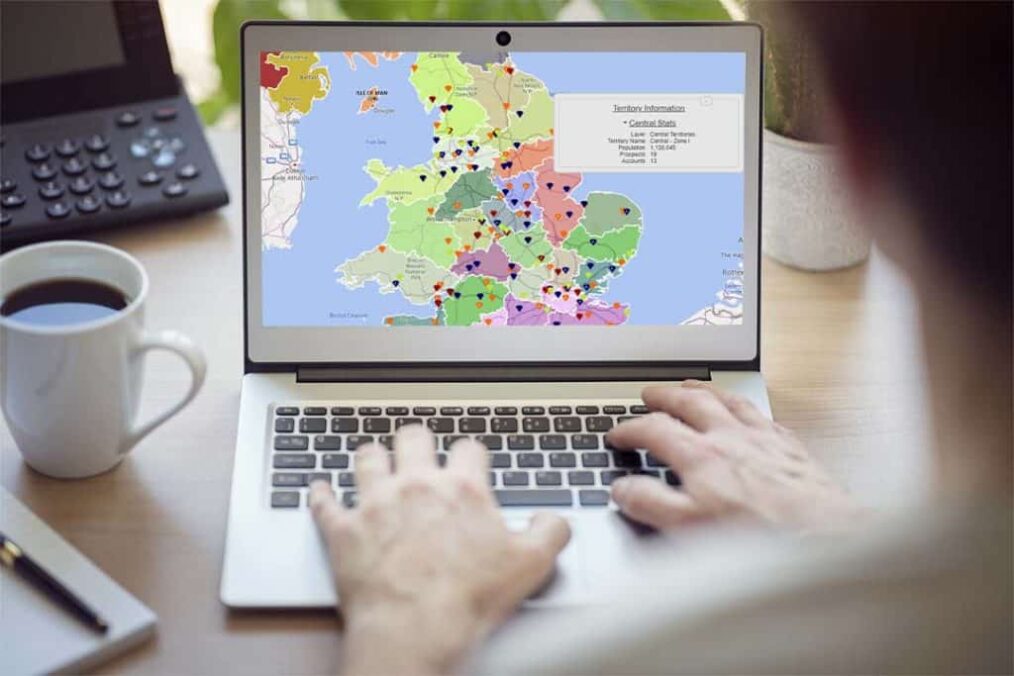As the world becomes more interconnected, companies are expanding their reach to target new customers in previously untapped regions. With increased competition, sales teams need to be strategic in their approach to maximize efficiency and productivity. One way to achieve this is through territory mapping.
What is Territory Mapping?

Territory mapping is the process of dividing a geographical area into smaller regions or territories for sales purposes. It involves creating a visual representation of the area, usually through a map, and allocating resources such as sales reps, marketing budgets, and time to each territory.
Why is Territory Mapping Important?
Territory mapping can help optimize sales efficiency and productivity in several ways:
- Better Resource Allocation: By dividing a large area into smaller territories, sales teams can allocate their resources more effectively. Each territory can be assigned a dedicated sales representative, enabling them to focus on that area and build relationships with customers. This, in turn, can lead to higher sales and greater customer satisfaction.
- Improved Sales Planning: Territory mapping enables sales teams to plan their activities more effectively. They can identify the key opportunities and challenges in each territory and tailor their sales approach accordingly. For example, if a particular territory has a high concentration of potential customers, the sales team can focus their efforts on that area to maximize sales.
- Enhanced Productivity: Territory mapping can help sales reps to work more efficiently by reducing travel time between appointments. By assigning each rep to a specific territory, they can optimize their route planning and minimize travel time between appointments. This, in turn, allows them to spend more time selling and less time on the road.
How to Create a Territory Map
Creating a territory map can be a complex process, but it is critical to get it right to achieve the desired results. Here are some essential steps to follow when creating a territory map:
Define Your Objectives
Before starting, it’s essential to define your objectives clearly. What are your sales goals? What are the key metrics you want to track? Having a clear set of objectives will help you identify the territories that are most likely to achieve those goals.
Collect Data
To create an accurate territory map, you need to collect data on the area you are mapping. This includes demographic data, customer data, competitor data, and any other relevant information. You can use data sources such as the US Census Bureau, CRM software, and Google Maps.
Analyze Data

Once you have collected the data, you need to analyze it to identify patterns and opportunities. Look for areas with a high concentration of potential customers, areas where your competitors are weak, and any other relevant trends.
Define Territories
Based on your analysis, define the territories that will best enable you to achieve your objectives. Each territory should have a clear boundary and be roughly equal in terms of the number of potential customers, sales opportunities, and resources required.
Assign Resources
Finally, assign resources such as sales reps, marketing budgets, and time to each territory. Make sure each territory has sufficient resources to achieve your sales objectives, and regularly review your allocation to ensure it remains effective.
Conclusion

Territory mapping is an essential tool for sales teams looking to optimize efficiency and productivity. By creating a visual representation of the area and allocating resources effectively, companies can improve their sales planning, enhance productivity, and achieve their sales goals. Follow these steps to create an effective territory map and start reaping the benefits of optimized sales.




